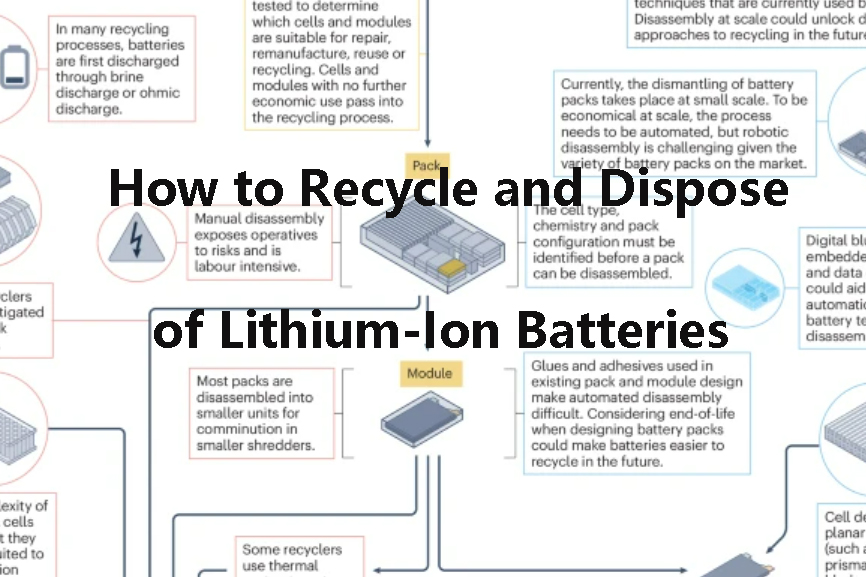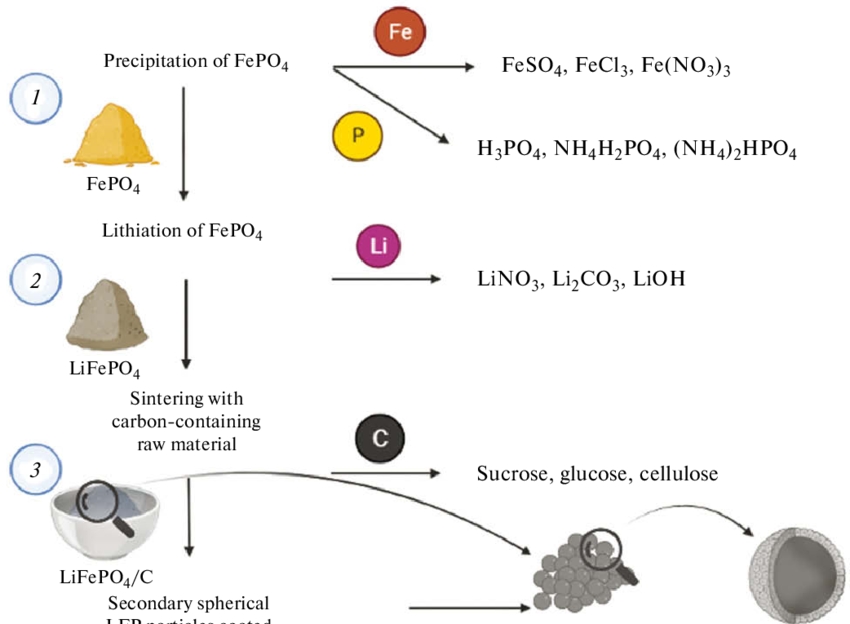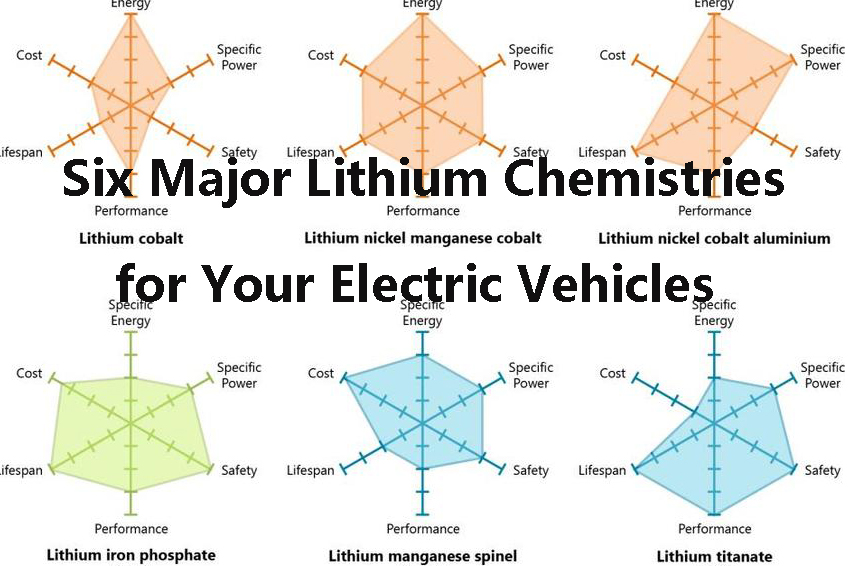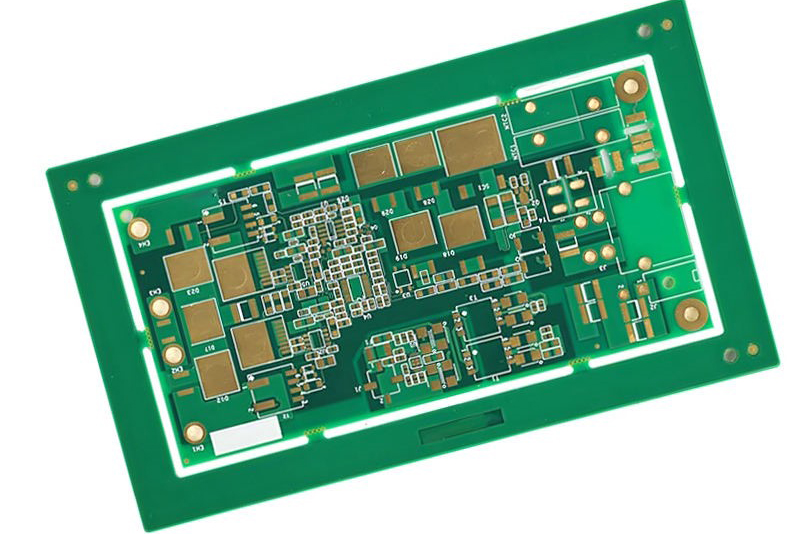
Semiconductor Materials in Modern Telecommunications
Semiconductor materials form the backbone of modern telecommunications systems, enabling all from smartphones and 5G networks to fiber-optic communications and satellite technology. As global data traffic continues to grow at an all-time rate—projected to reach 180 zettabytes (ZB) every year by 2025, according to Statista—the demand for faster, more efficient semiconductor-based devices is growing exponentially.

1. Principal Semiconductor Materials and Applications in Telecommunications
A. Silicon (Si) – The foundation of modern electronics
Silicon is the dominant semiconductor material employed at the moment due to its low cost, dependability, and availability of a well-established manufacturing base.
Here are the key uses of silicon. Silicon is the preferred material for baseband processors, which are needed to process signals in smartphones and network equipment. Flagship products are Qualcomm Snapdragon and Apple A-series processors. It is used in memory chips (DRAM and NAND Flash), which are significant in storing and loading data in cellular terminals and cloud servers. In addition, silicon-based CMOS RF switches also play an important role in 4G and 5G network signal routing management.
For example, MediaTek's Dimensity 9000 processor based on TSMC's 4nm silicon process technology provides high-performance 5G connectivity with ultra-low latency for high-end smartphones.
B. Gallium Arsenide (GaAs) – Enabling High-Frequency Communication
Gallium arsenide is more electron mobile than silicon and can be utilized in high-power and high-frequency devices.
Here list the principal Applications in Telecommunications.
GaAs is applied principally in RF power amplifiers (PAs) to amplify signal power in 5G smartphone and base station use. Skyworks Solutions and Qorvo are principal suppliers. It is also employed in satellite communication systems, such as the user terminals of the Starlink network from SpaceX, where GaAs-based RF devices are employed for high-speed data transmission.
The global market for GaAs devices will reach $18.5 billion by 2027, according to Yole Développement, driven by increasing demand for 5G and satellite communications.
C. Gallium Nitride (GaN) – Enabling Next-Generation Networks
Semiconductors made from gallium nitride are well known for their high voltage, high frequency, and energy efficiency capabilities.
GaN has many applications in Telecommunications. GaN power amplifiers are widely used in 5G mMIMO antennas, which require power efficiency and thermal stability. For instance, Ericsson's AIR 6449 antenna system employs GaN technology to offer superior performance. GaN is also employed in defense and aerospace applications, such as AESA radars, owing to its high-power handling capability.
For instance, Nokia's ReefShark 5G chipsets utilize GaN technology to reduce 30% in power consumption compared to traditional silicon-based solutions, significantly improving energy efficiency in telecom gear.
D. Silicon-Germanium (SiGe) – A Compromise Between Performance and Cost
Silicon-germanium alloys combine silicon's cost benefits with additional high-frequency performance, well suited for niche telecom applications.
SiGe is extensively used in millimeter-wave (mmWave) 5G transceivers, where high-speed signal processing is called for. Analog Devices, among others, develops SiGe-based beamforming integrated circuits (ICs) for next-generation 5G networks. SiGe is used in data center optical transceivers to enable high-speed data transmission over fiber-optic cables.
Grand View Research predicts that the SiGe market will grow at a compound annual growth rate (CAGR) of 8.2% from 2023 to 2030 due to increased adoption in 5G and IoT applications.
2. Semiconductor Technologies in Telecommunications Innovation
--5G Networks
The deployment of 5G networks relies significantly on advanced semiconductor technologies in an effort to address more complex frequencies and greater data rates.
- RF Front-End Modules (FEMs), including GaAs and GaN-based power amplifiers as well as filters, are essential for signal amplification and noise reduction. One such example is Broadcom's film bulk acoustic resonator (FBAR) filters.
- Beamforming ICs, normally designed using SiGe or CMOS technology, provide precise signal directionality in 5G mMIMO antennas. Samsung mmWave 5G chipsets utilize these technologies to give improved network performance.
--Fiber-Optic Communications
Semiconductor detectors and lasers play a pivotal role in high-speed optical communications.
- Vertical-Cavity Surface-Emitting Lasers (VCSELs), used in 100G as well as 400G optical transceivers, support high-bandwidth data transmission for data centers. One fine example of this is Intel's Silicon Photonics technology.
- Indium Gallium Arsenide (InGaAs) photodetectors convert optical signals to electrical signals, ensuring seamless data processing in fiber networks.
--Satellite and Military Communications
GaN and GaAs semiconductors are particularly well-suited for satellite and defense applications due to their radiation hardness and high power efficiency.
- GaAs-based RF chips are used by SpaceX's Starlink satellites to deliver low-latency global broadband internet.
- The U.S. Defense Advanced Research Projects Agency (DARPA) applies GaN technology in its RadioMap program, which utilizes artificial intelligence to detect and manage the spectrum in real-time.
--IoT and Smart Devices-
Advances in semiconductors are driving the growth of the Internet of Things (IoT) with the ability to provide low-power and high-efficiency wireless communication.
- Bluetooth, Wi-Fi 6, and Low-Power Wide-Area Networks (LPWANs), such as LoRa and NB-IoT, rely on energy-efficient semiconductor solutions.
- Nordic Semiconductor’s nRF91 Series, built on silicon technology, provides ultra-low-power cellular connectivity for IoT devices.
3. Future Trends and Challenges in Semiconductor Telecommunications
--The Advent of 6G and Terahertz (THz) Frequencies
Researchers think 6G networks, planned to be deployed around 2030, will be founded on sub-terahertz frequency (100 GHz–1 THz) and would require new semiconductor materials like indium phosphide (InP) and graphene-based transistors.
--Quantum Communication and Photonic Integration
Intel and IBM are pioneering the path to silicon photonic chips, which combine photonic and electronic devices to enable ultra-secure quantum communication networks.
--Energy Efficiency and Environmental Sustainability
GaN and silicon carbide (SiC) semiconductors are also being employed to reduce the power consumption of 5G base stations by up to 40%, according to an Ericsson report, greening telecom infrastructure.
Conclusion
Semiconductor materials like silicon, gallium arsenide, gallium nitride, and silicon-germanium are the backbone of telecommunications today. They enable the rapid emergence of 5G, fiber optic, satellite communications, and IoT. For more information, please check Stanford Electronics.




